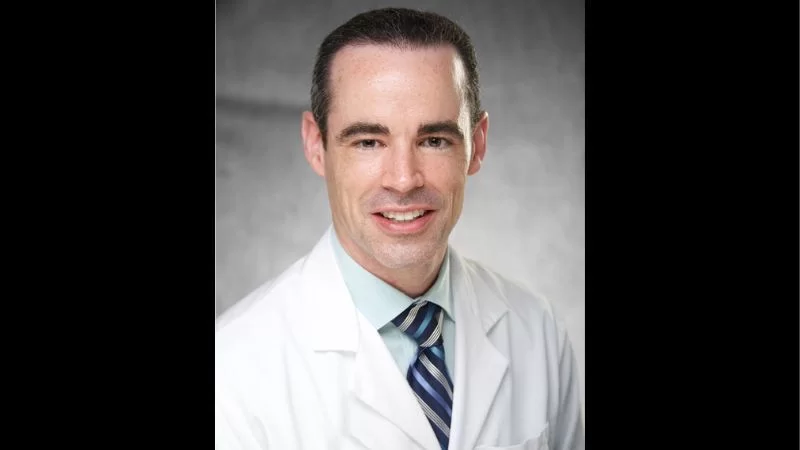
New findings from a research team supported by the National Institutes of Health identified a section of the brain associated with Sudden Unexpected Death in Epilepsy (SUDEP), which may be the key to understanding what causes the rare but fatal complication.
The study, led by Dr. Brian Dlouhy at the University of Iowa, has identified a specific brain site in the amygdala associated with persistent apnea following seizures, potentially shedding light on the mechanism behind apnea-related deaths in cases of SUDEP (Sudden Unexpected Death in Epilepsy).
"This is the first study to identify a site in the brain that can cause persistent apnea after the seizure ends. We think this closely resembles the apnea that occurs and has been monitored in SUDEP cases reported in the literature, suggesting that this focal area of the amygdala underlies persistent apnea that can lead to death," said Brian Dlouhy, PhD, University of Iowa.
According to a press release issued by the National Institutes of Health (NIH) on October 3, a small study identified a brain region which is associated with SUDEP. Currently, the causes of SUDEP are unknown. However, the condition is the leading cause of death in patients with epilepsy, the NIH reported, and is a complication that currently cannot be controlled with medication. In most cases of SUDEP, it's believed to be caused when an individual stops breathing after a seizure. This is called postictal apnea.
The study conducted by the University of Iowa (UI) found that during postictal apnea, people lose the natural feeling of needing to breathe. This loss of the instinct to breathe suggests that the brain might not recognize or respond to rising levels of carbon dioxide (CO2) in the blood when this happens. Researchers determined stimulating a specific portion of the amygdala brain region can cause postictal apnea. Vicky Whittemore, PhD, program director at the National Institute of Neurological Disorders and Stroke, emphasized these new discoveries are a "critical step" for developing an understanding of the cause of SUDEP and can assist identifying those most at risk as well as ways to prevent it.
According to UI, the study involved 20 patients, including both children and adults, who were undergoing preparations for epilepsy surgery. In order to study brain networks involved in SUDEP, researchers utilized data collected from intracranial electroencephalography (iEEG) electrodes implanted in patients' brains to aid in surgical planning, MRI brain imaging, and a new technique called "electrical stimulation concurrent with functional MRI". By using this data, researchers were able to map the impact of stimulation at various amygdala sites, pinpointing a new focal site in the amygdala.
Notably, researchers concluded that not all patients were susceptible to persistent apnea, with only five of them experiencing the phenomenon after amygdala stimulation. Additionally, the specific location within the amygdala was a crucial factor, as stimulating different areas within the same patient produced varying effects, including temporary loss of breathing and persistent apnea once the stimulation stopped. Researchers also noted throughout the experiment, the patients remained entirely oblivious to the fact that they had ceased breathing. They did not undergo the typical sensations of breathlessness or the instinctive urge to breathe, which would typically prompt them to take deep breaths.
Dr. Dlouhy hopes these new findings will lead to further understanding of what causes SUDEP, which may eventually allow physicians to determine patients who are at risk and potentially lead to the development of treatments to prevent SUDEP. "We're homing in on more of a focused target in the amygdala, which is key if we want to translate this to a therapeutic or preventative strategy," he said.